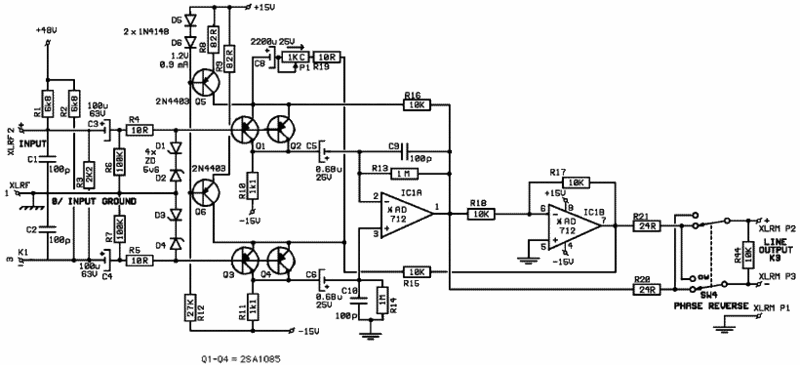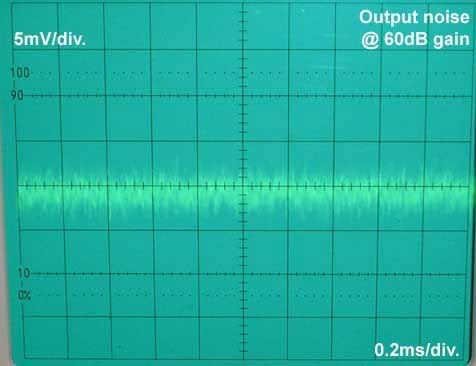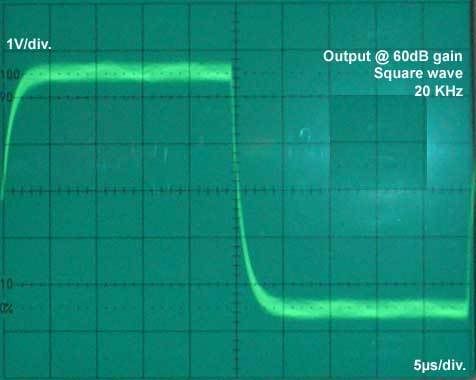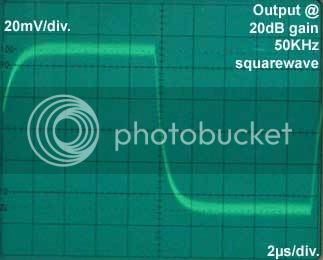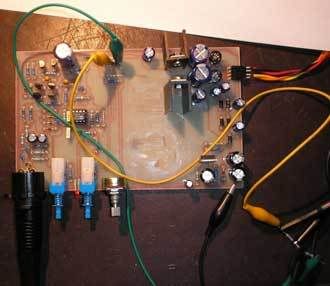skipwave
Well-known member
[quote author="JohnRoberts"] In the Yami the NPNs hanging off the collectors serve as the inverting gain stages with local feedback to keep the input devices constant current and the first opamp is a basic differential to SE convertor similar to the 3 opamp hybrids.[/quote]
Thank you very much for explaining that. I noticed right away that the input pairs were reversed from the compound pairs I'm used to seeing.
Hee hee..... Yami. :grin:
Thank you very much for explaining that. I noticed right away that the input pairs were reversed from the compound pairs I'm used to seeing.
Hee hee..... Yami. :grin:



